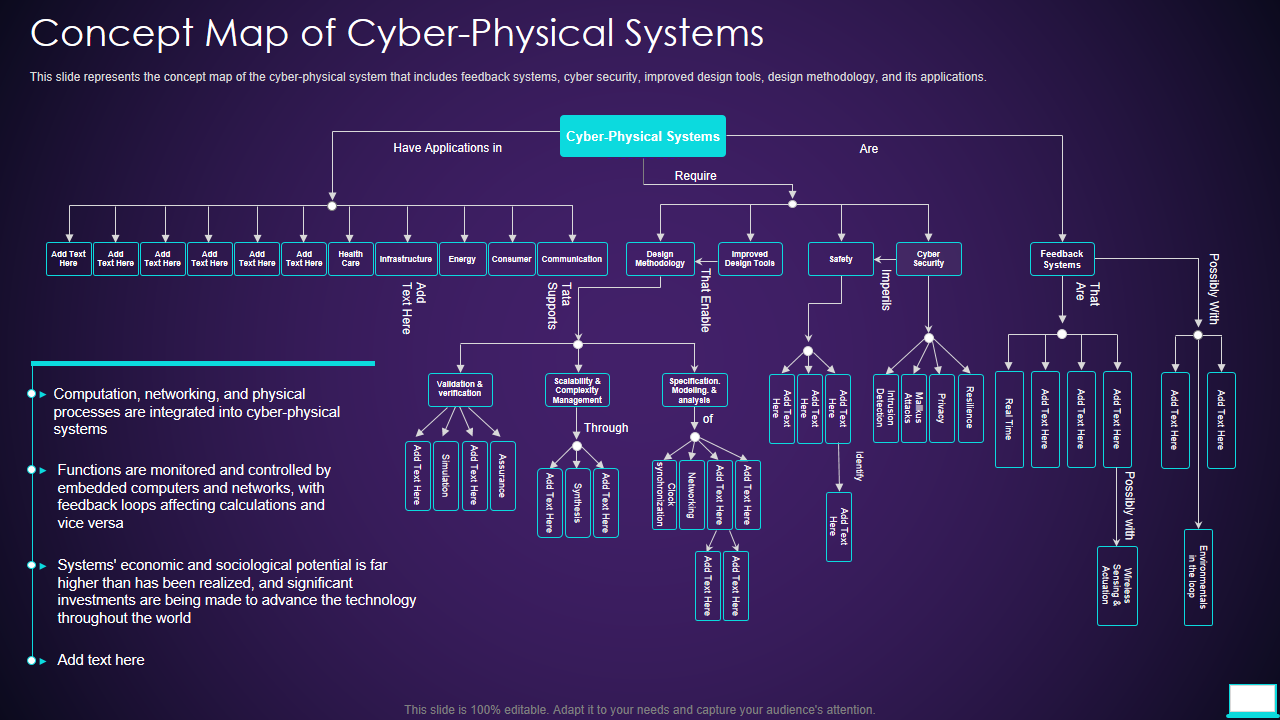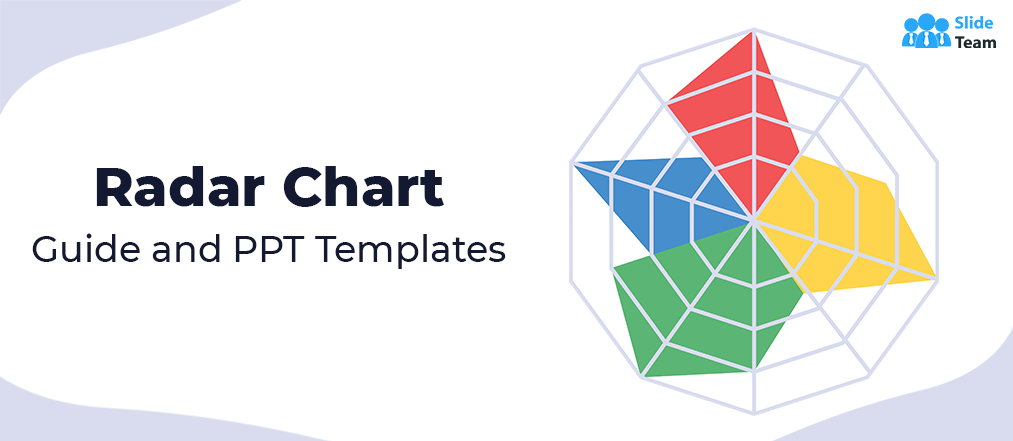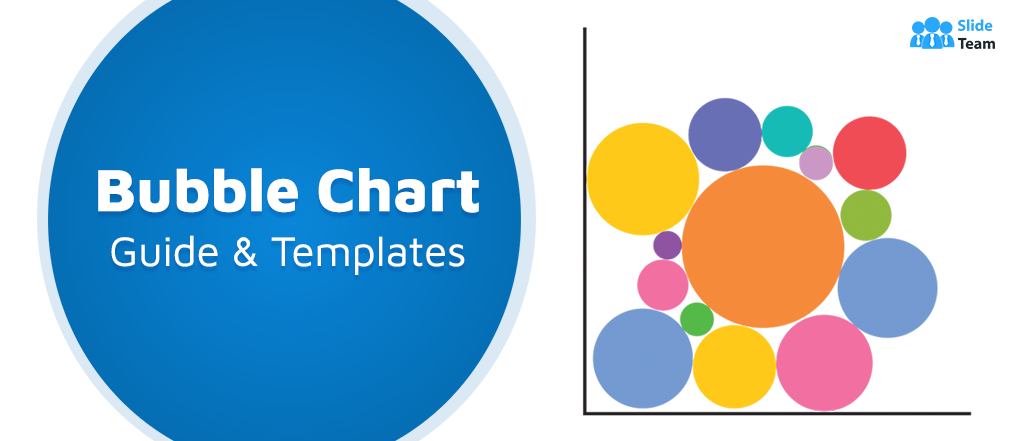Do you ever feel like your brain is a tangled ball of yarn, intertwining and looping with thoughts and ideas, leaving you unable to make sense of it all? Well, you're not alone. That's why concept maps were invented.
Ah, the world of concept maps! It's like stepping into a detective's lair, where clues, connections, and mysteries come together. Admit it; we've all seen it on TV—the detective's whiteboard, jumbled with sticky notes, snapshots of suspects, and a web of intricate threads linking them all. But concept maps aren't just for solving crimes; they're the ultimate tool for knowledge-seekers, capable of aligning your visions and ideas with your goals.
Every day is a battle in the sales world, and our Top 10 Sales Development Representative Playbook Templates are the secret weapon for conquering the business battlefield.
What is a Concept Map?
A concept map is the information idea of organizing information with a structured approach. Concept maps can be used to brainstorm new ideas, plan projects, or understand complex topics. o not confuse concept maps with mind maps, though. While mind maps represent a thought process, concept maps go deeper by connecting multiple ideas and exploring their interconnections.
They take the traditional note-taking practice to a whole new level, facilitating better organization and retention of knowledge. By applying new information to an existing concept map, you can achieve better results and understand the subject matter better.
Still confused? Don’t worry; our templates are here to sort everything out for you! They're a great way to organize your thoughts, learn new things, and be more productive.
Tired of wandering aimlessly? Chart your path to sales victory with our well-structured Top 7 Strategic Sales Plan Templates!
So, there you have it!
Concept maps can be used in various scenarios, from classrooms to laboratories, conferences, and even the kitchen! But how do you create a concept map for your specific situation? And what tool should you use?
Fear not; we have a simple approach for you– all you need is a notepad to jot down important points and tips. Our quick guide on concept maps will show you how to integrate concept maps into your strategy, and we even have an awe-inspiring set of PPT template designs ready for you to download, organize your ideas, and explore the depths of any concept or problem.
Now, without any further ado, let's dive right in!
Ready to reclaim your time and energy? Cut the chaos by finding your focus with our engaging Top 5 Daily Routine Schedule Templates!
Template 1: Concept Map for Business Development Needs
This template is a powerful tool that brings clarity and organization to the complex world of business development. With its hierarchical structure, this template lets you map out your business environment's dimensions and components, visually representing the relationships, processes, and interactions between various elements. It helps you identify critical factors and strategic opportunities for growth, such as market analysis, competitive landscape, and customer segmentation.
Template 2: Concept Map of Cyber-Physical Systems
Frustrated with navigating the complexities of cyber-physical systems without a clear roadmap? This powerful tool serves as your guiding light, offering a clear and bird’s eye visual representation of the interconnected aspects of this ever-evolving field. With its detailed exploration of feedback systems, applications, cyber security, design tools, and methodology, this concept map is the ultimate navigation tool. Say goodbye to confusion and download this editable template now!
Did we conceptually conceptualize the concept of concept maps for you?
Yes, we sure did! In conclusion, concept maps are a powerful tool that can be used to organize your organization’s strategies, goals, processes, and departments and be more productive. If you're looking for a way to take your note-taking and brainstorming to the next level, we encourage you to try the above concept map templates.
If you are looking for Conceptual Framework Templates, here’s a handy guide with the most popular samples and examples.
FAQs on Concept Maps
Why is it called a concept map?
The term "concept map" is used because it accurately describes this visual tool's purpose, intent, and structure. Let's break it down:
Concept: A concept refers to an idea, thought, or understanding of something. Each node or element represents a concept or main idea in a concept map.
Map: A map is a visual representation that helps us navigate and understand a specific field or domain, such as a growth revenue and outcomes concept map, risk management concept map, etc. In the case of a concept map, it represents the organized and interconnected relationships between different concepts.
Fusing these two elements, a concept map is a structured and graphical depiction or a roadmap of knowledge that signifies the connections and relationships between various concepts or ideas.
What are the types of concept maps?
Enlisted are the four main types of concept maps:
- Hierarchical concept maps: These maps show the hierarchical relationships between concepts. The main concept is at the top, and the sub-concepts are arranged below it in a tree-like structure.
- Spider concept maps: These show the relationships between concepts in a radial pattern. The main concept is in the center, and the sub-concepts are placed around it in a circle.
- Flowchart concept maps: These maps show the steps in a process or procedure. The steps are arranged in a linear fashion, and arrows show the relationships between the steps.
- Systems concept maps: These maps show the components of a system and how they interact with each other. The components are organized in a network, and arrows show the relationships between the components.
In addition to these four primary types, there are also many other variations of concept maps. For example, some concept maps use different colors and icons to represent different relationships and concepts.
Quick Tip: The type of concept map you select will depend on the purpose of your map. A hierarchical concept map can be a good choice if you are trying to show the hierarchical relationships between concepts. If you are trying to show the relationships between concepts in a radial pattern, then a spider concept map would be a good choice. And so on.
The most important thing is choosing a concept map to help you communicate your ideas effectively.
How do we make a concept map?
Here's a step-by-step guide on how to make a concept map:
- Begin with a central concept: Start by identifying and writing down the main concept, idea, or topic you want to explore. This will serve as the focal point of your concept map.
- Brainstorm sub-concepts: Consider the related ideas, sub-topics, or sub-concepts connected to the main concept. These can be supporting ideas, categories, or specific examples. Write these sub-concepts as branches or nodes connected to the central concept.
- Group the related concepts/ topics together: Interconnect and group the related topics by drawing lines or arrows between the primary concept and its sub-concepts to indicate their relationships. Use clear and concise labels, terms, or phrases on the lines to describe the connections between the concepts. This helps you to illustrate and remember how they are linked and interrelated.
- Add further levels: If necessary, you can extend your concept map by adding additional levels of sub-concepts. These can be secondary or tertiary ideas that branch out from the foundational sub-concepts, providing more insightful information.
- Use visuals and color: Use elements such as icons, symbols, or images to represent concepts to make the map more visually appealing. Emphasize the key points by highlighting the information with different colors.
- Review and refine: Step back and review your concept map. Ensure that the connections are clear and logical. Make any necessary adjustments, rearrange, or reposition elements to improve the overall structure and readability of the map.
Quick Tip: Here are some additional tips for curating a concept map:
- Use clear and concise language.
- Keep your concept map simple and easy to understand.
- Use a consistent style throughout your concept map.
- Label your concept map so that it is easy to understand.
- Revise and update your map as needed. As you learn more about the topic, you may need to add/ modify new concepts or change the relationships between existing ones.
What are the three components of a concept map?
Business concept mapping includes the following three components:
- Concepts or Nodes: Concepts are the main ideas or topics that form the foundation of a business concept map. They are typically represented by nodes, which can be visualized as shapes like circles, squares, or rectangles. Each concept is labeled with a word or phrase representing the key idea.
- Relationships or Links: Relationships represent the connections between concepts in a concept map. These links illustrate the associations, dependencies, or interactions between different ideas. They are represented by lines or arrows that connect the nodes and often include keywords or phrases that describe the nature of the relationship.
- Cross-links: Cross-links or Linking phrases are the words or phrases that explain the relationships between the concepts. They are usually placed near the links and bridge concepts across different parts of the concept map. Moreover, they represent the relationships between ideas that may not be directly connected but share some commonality or relevance. Cross-links help to demonstrate the interconnectivity of concepts and provide a more holistic understanding of the topic.


![[Updated 2023] The Superfast Guide to Concept Map (PPT Templates Included)](https://www.slideteam.net/wp/wp-content/uploads/2021/10/The-Superfast-Guide-to-Concept-Map-PPT-Templates-Included-blog-banner-1013x441.jpg)


 Customer Reviews
Customer Reviews



















